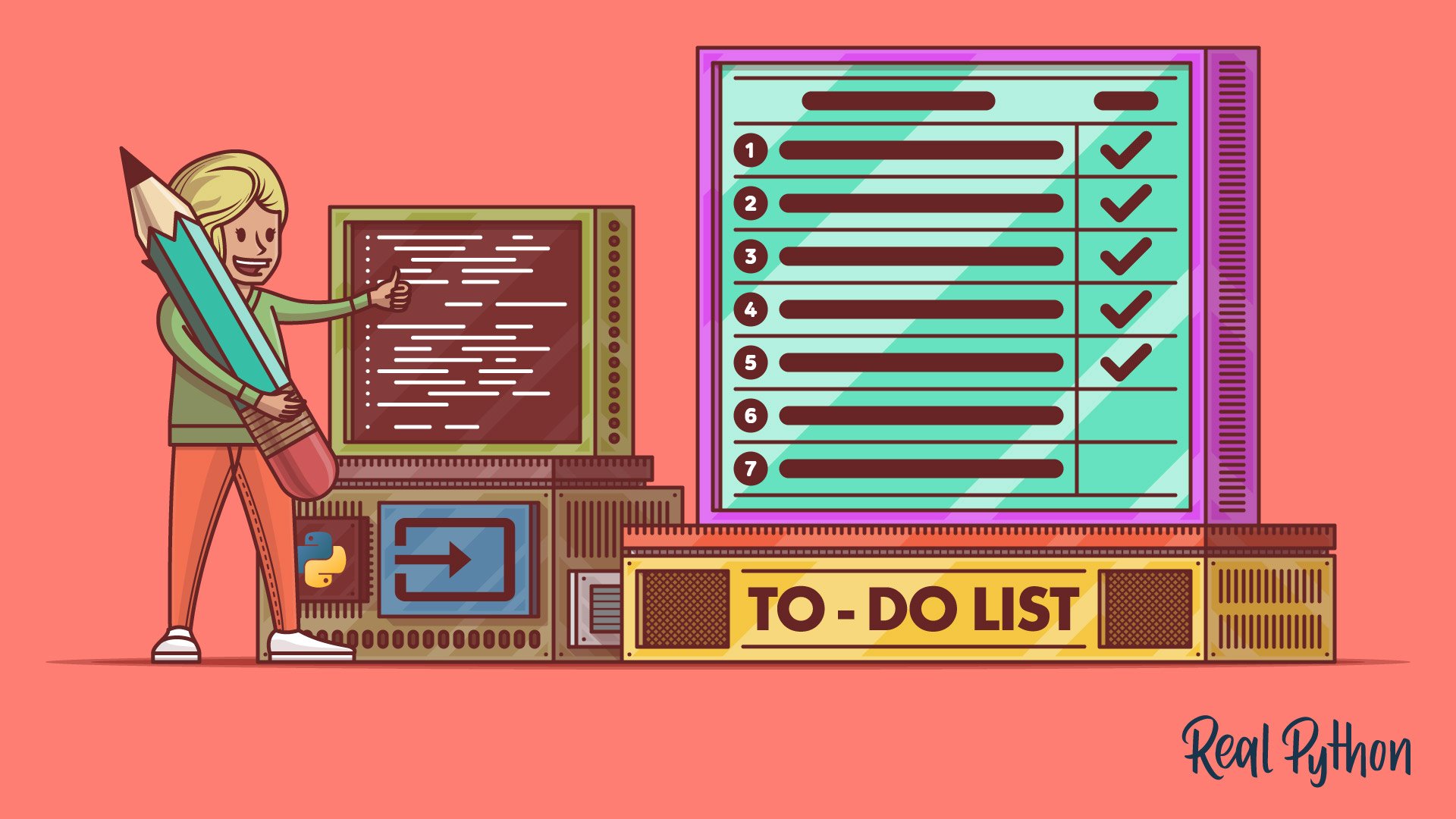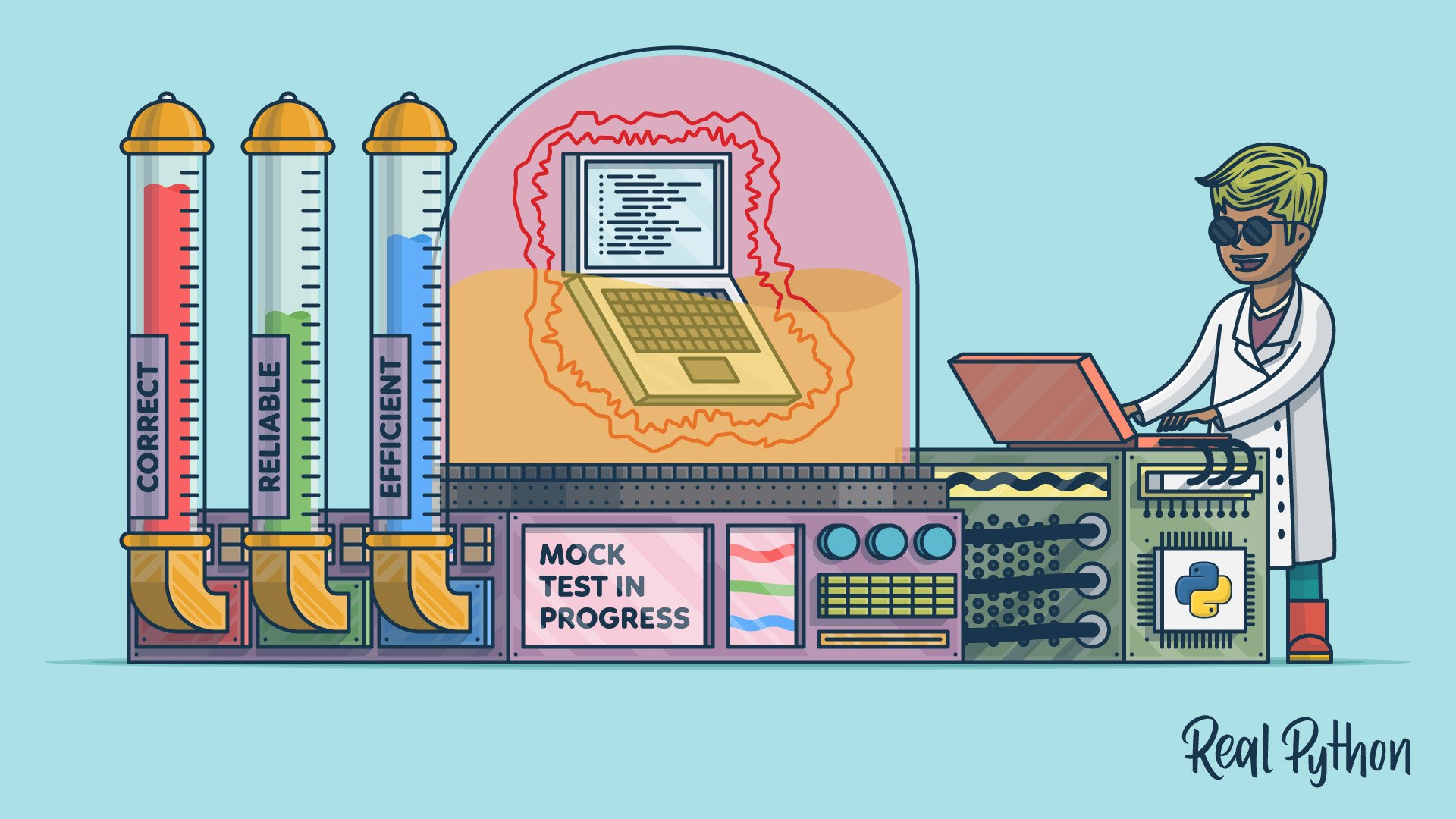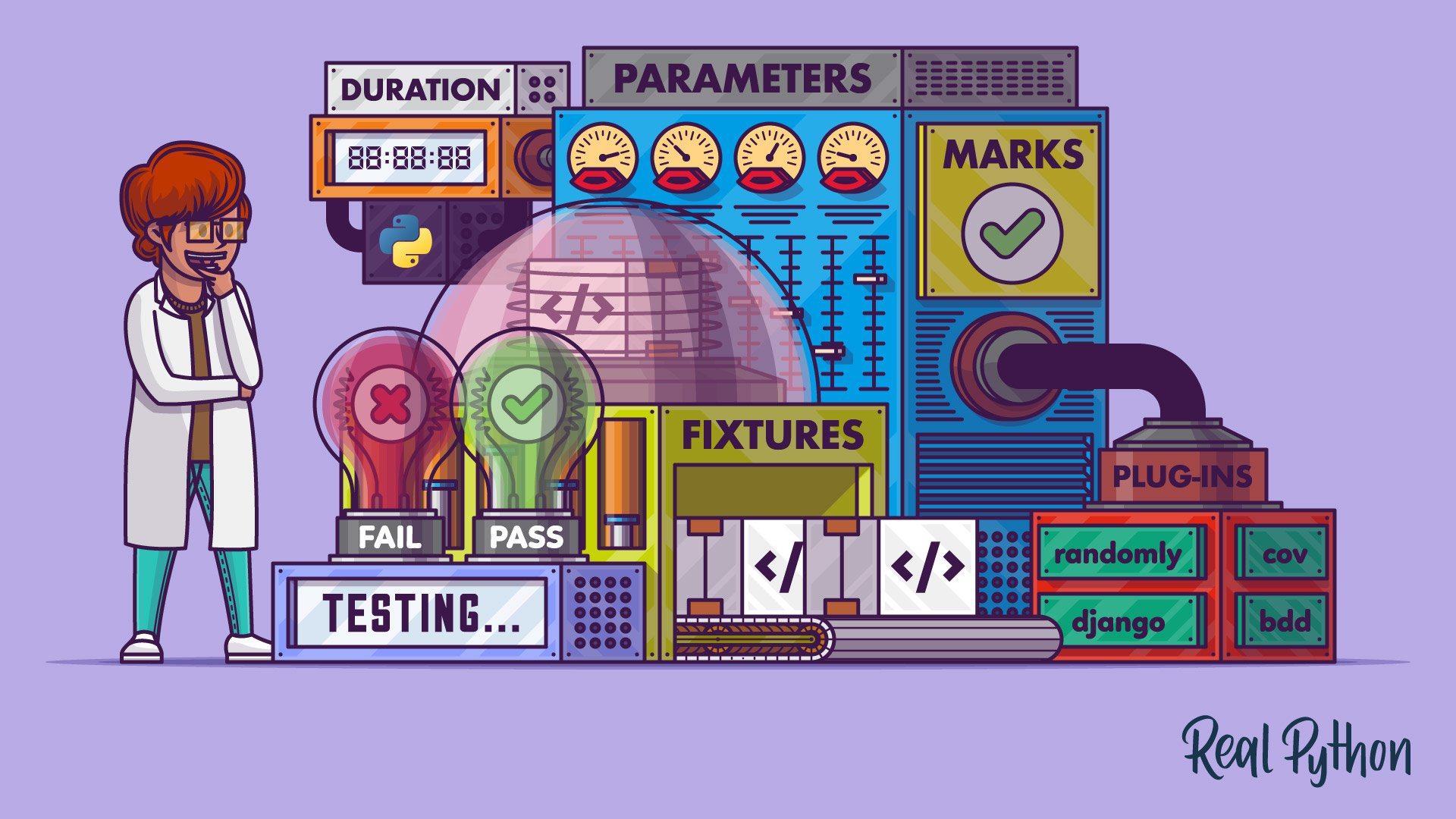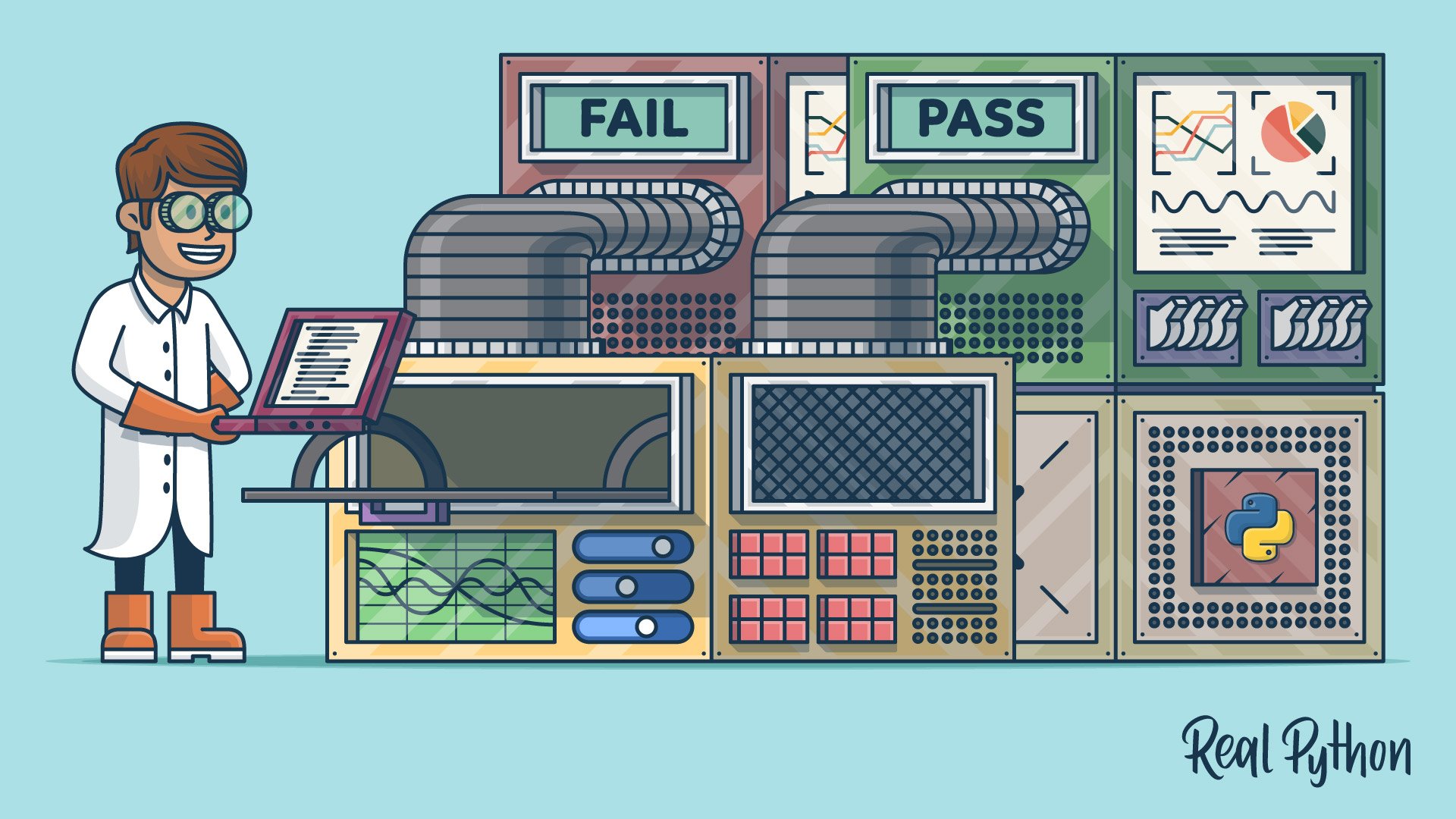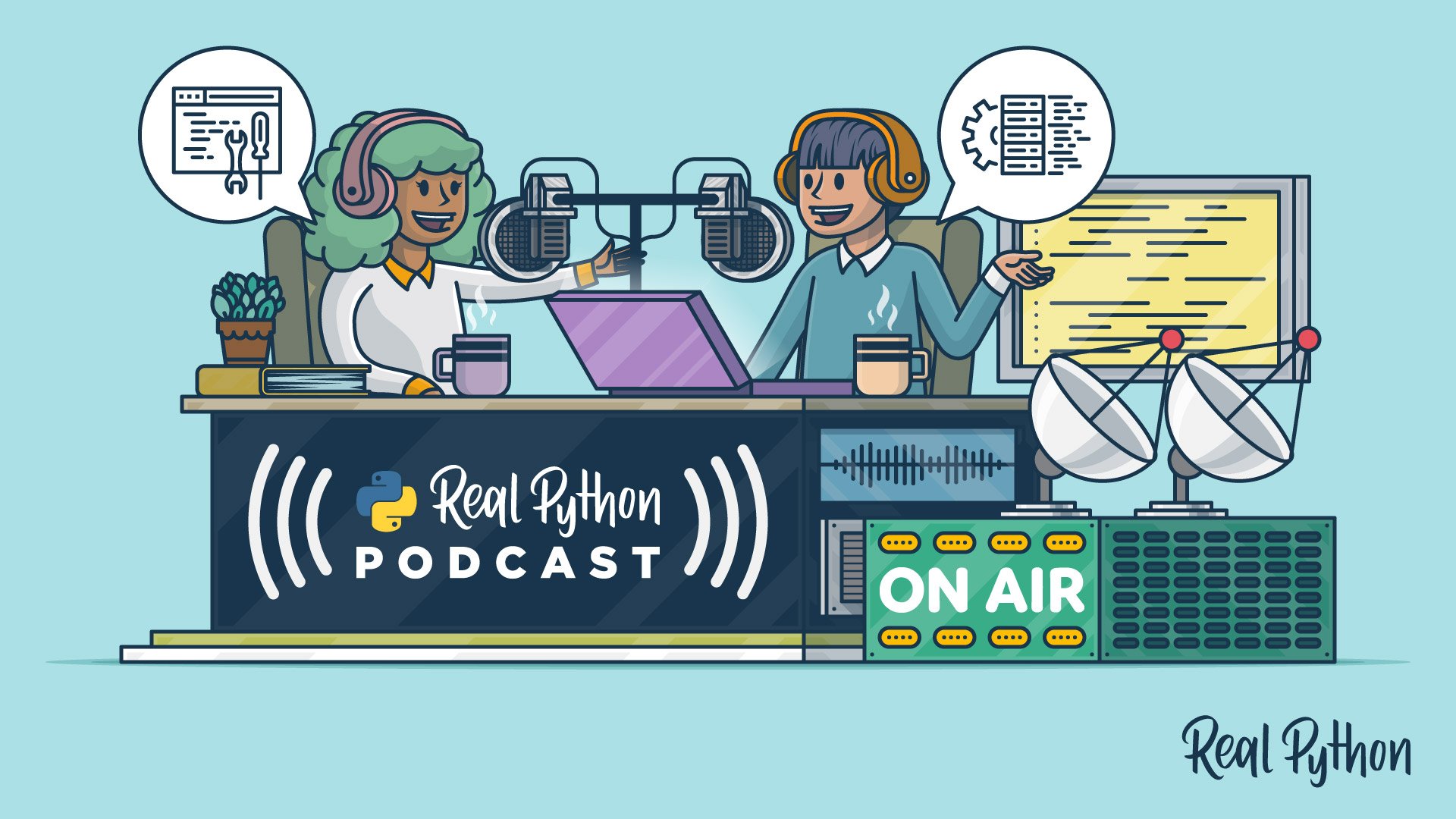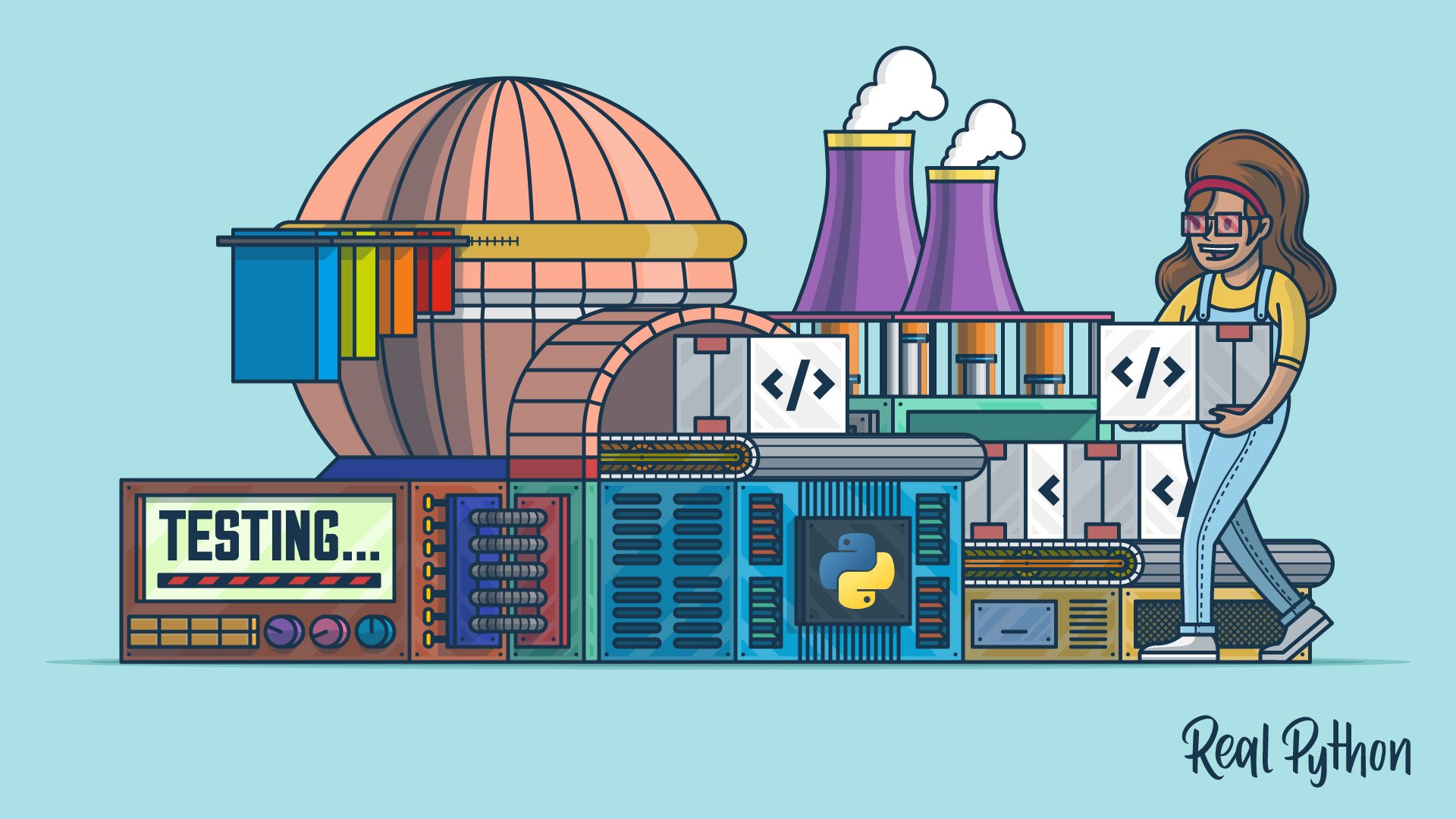Python Testing Tutorials
Testing your Python code catches bugs before they reach production and helps you write reliable software. Create unit tests that verify individual functions, integration tests that check how components work together, and end-to-end tests that validate entire workflows. Testing helps you refactor with confidence and maintain code quality as projects grow.
Join Now: Click here to join the Real Python Newsletter and you’ll never miss another Python tutorial, course, or news update.
Robust applications rely on test frameworks like pytest and unittest, fixtures to set up test data, and mocking to isolate components. Add test coverage reporting to find untested code, implement continuous integration to run tests automatically, and follow test-driven development to design better APIs. Good tests serve as documentation and make your codebase maintainable.
Tests catch bugs early when they are cheaper to fix, prevent regressions when you change code, and document expected behavior. Tested code is easier to refactor and maintain. Tests give you confidence that your software works correctly.
Install pytest with pip install pytest. Create a test file starting with test_, write functions that start with test_, and use assert to check conditions. Run tests with the pytest command. Test functions should be small and test one thing.
Test functions and methods with different inputs including edge cases, boundary conditions, and invalid data. Test error handling, integration points between components, and critical business logic. Focus on code that is complex, important, or likely to break.
Use unittest.mock or pytest fixtures to replace real objects with mocks. Mock external services, databases, and file operations so tests run fast and don’t depend on external systems. Set return values with return_value and verify calls with assert_called_with().





